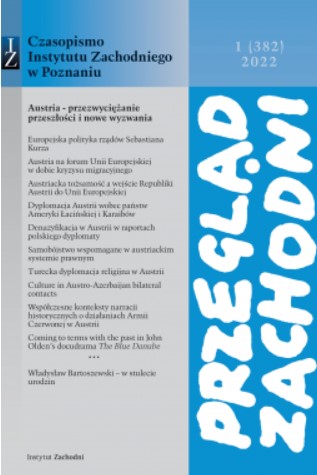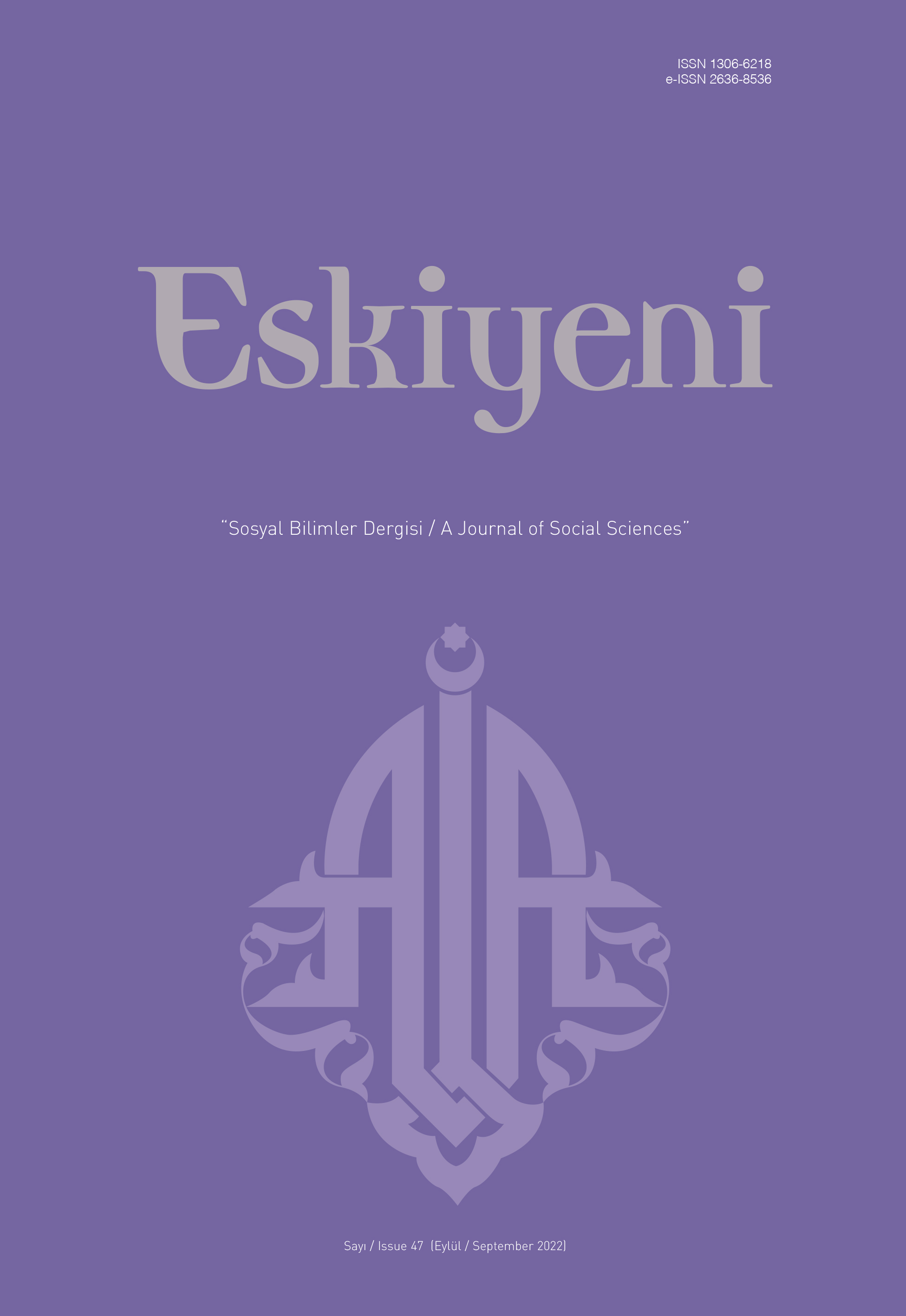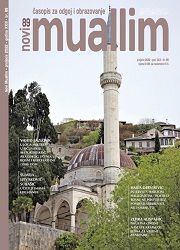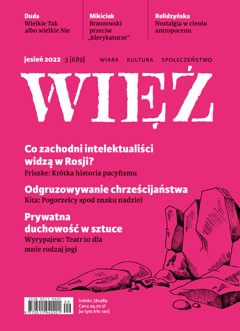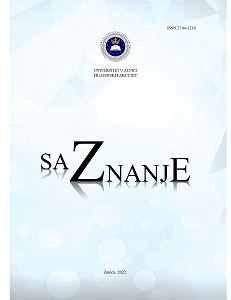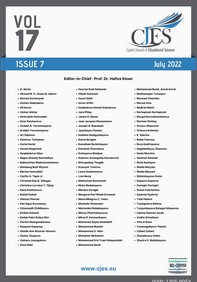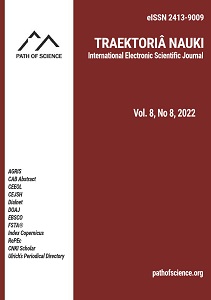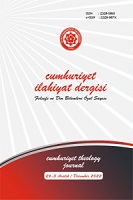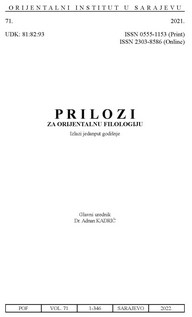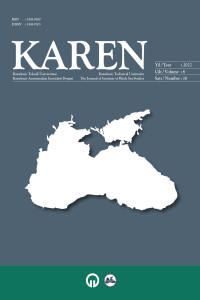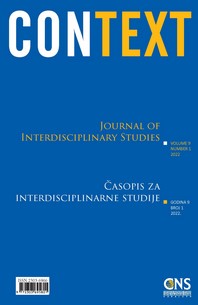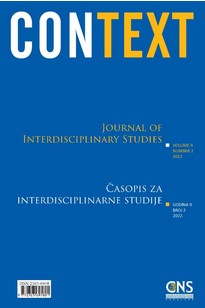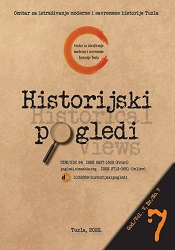
Prosvjetni život u Sarajevu Osmanskog doba: Dobrotvorno djelovanje građana u 18. i 19. stoljeću u korist mekteba
This paper explores how citizens took part in educational opportunities in the Ottoman Empire with their endowments (waqfs). The focus is on the charity work for the benefit of maktabs in the City of Sarajevo in the Ottoman Era. The paper expounds on the contribution the citizens made to maktabs - the institutions which provided elementary education for the children and youth. The time period the paper examines is 18th and 19th centuries, and the occasion is the event that took place in 1697, when Sarajevo was devastated under the attack of the Austrian Army. The research is based on waqfs dating back to those centuries, the records oj which, predominantly in the form of transcripts, may be found in the Archives oj the Gazi Husrev-Bay's Library in Sarajevo. It is indicated that over the period of several decades of the recovery of Sarajevo from the sufferings of 1697, maktabs were rebuilt and supported for the greater part from endowments made by the citizens of Sarajevo, who donated their own property. In addition to rebuilding those maktabs which had been built next to mosques in the previous centuries, the citizens oj Sarajevo also set up independent maktabs, away from the complex of a mosque. The endowments reveal that a rather widespread form of educational support provided by the citizens benefactors, both men and women, was to allocate the income from an endowment for the teacher salaries. In that way, income for teachers was supplied in situations when the fundamental waqfj rom which a maktab was supported had been depleted. Examples show that benefactors assigned appropriate duties to the teaching staff in their waqf, which secured them (muallims) additional income. Support to educational opportunities was also reflected in giving gifts to students. Some benefactors specified that a portion of the income from an endowment was to be used to buy clothes for underprivileged students. Most often, students of a maktab, as well as other poorer inhabitants of a street block (mahalla) received from a waqf free bread, particularly in the holy days. The paper reveals that some citizens of Sarajevo allocated in their last will a one-off aid to maktabs from their inheritance. It a/so presents examples of private maktabs which were set up by wealthy, learned citizens to educate young people. Charity in general, particularly the one which was donated through the institute of waqfs, represented an important aspect of the activities of citizens in the Ottoman period. With those actions for the benefit of maktabs they supported educational opportunities in their own social communities. It was that very form of charity work that the citizens of Sarajevo maintained in the decades that followed after the end of the Ottoman rule.
More...
